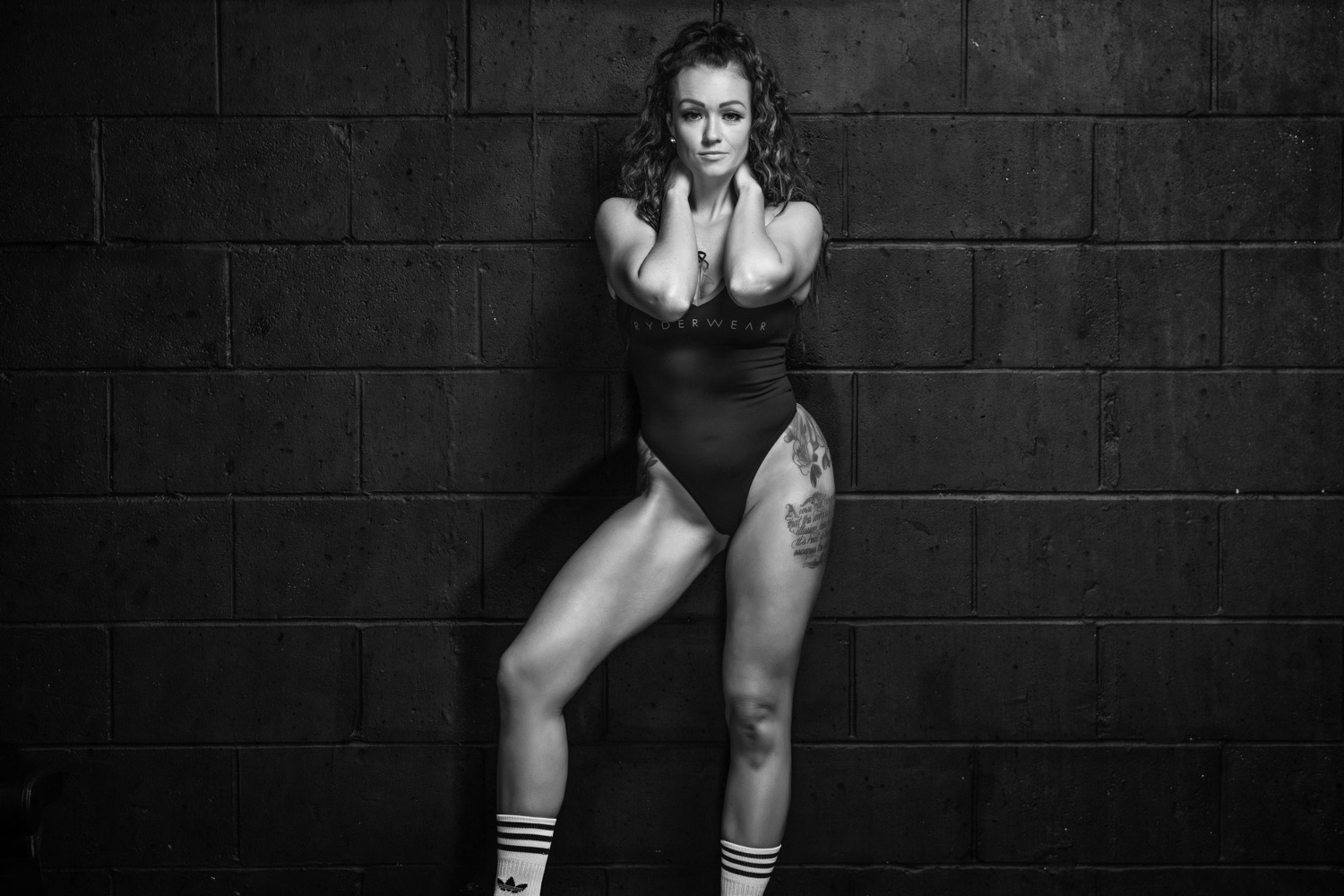How To Put Together An Athlete's Training Program
- Vanessa Jakubowski
- Nov 28, 2020
- 3 min read
Writing a comprehensive training program for any sort of athlete (bodybuilder, runner,

sports person etc) is not a simple task. You have to know the individual very well and also have a lot of information to hand. Step by step it looks like this:
STEP 1: How long does the athlete have to prepare for their event / competition / show ...
First of all you need to calculate the length of the training 'macrocycle', 'mesocycle' and 'microcycle'. So if an athlete has 26 weeks until a competition, that is the 'macrocycle'. If I want to include 3 different phases of training within that macrocycle with a few deload weeks thrown in for recovery, I will make each phase or 'mesocycle' 8 weeks. Then if I want each week to have the same 5 or 6 sessions then 1 week is the 'microcycle.'
STEP 2: What Does The Athlete Need To Focus On In Each Mesocycle?
In relation to bodybuilding as I know it the best, you should go through phases of training with a different focus on build the body. You can use heavier weight (95% of your 1 rep max) and less reps ('power'). Then you can decrease weight (80-95%) and increase reps ('strength') and then you can decrease weight even more (70-80%) and increase reps to 8-15 per set ('hypertrophy'.) Body builders want to train for hypertrophy (building lean muscle mass) rather than powerlifters or strong men who train purely for size and strength but it does them well to have periods of training for power and strength as this increases the muscle's ability to lift more during the hypertrophic phase of training, therefore growing the muscle for bodybuilding purposes.
STEP 3: Which Exercises Does the Athlete Need to Include In Their Program?
There are hundreds of exercises and methods available but it's impossible and unnecessary to use them all in your programming. If an athlete plays football they will need to incorporate specific drills for speed and agility (turning etc). If an athlete is a basketball player they will need to train specifically for jumping. For bodybuilders they need to train every muscle group every week (back, shoulders, chest, arms, abs, legs and glutes) and, depending on their anatomy, they will need to use certain exercises and methods suitable for them. For example, tall people with longer limbs tend to find development of the posterior chain easier than the anterior chain so they may be to use exercises and methods known to boost growth of the anterior chain muscles (specifically chest, biceps and quads.) Vice versa for shorter people with shorter limbs. It is never a random selection of exercises thrown together and they need to work together for full body development.
STEP 4: How Many Sets & Reps Per Exercise?
Now you have the exercises, how many sets and reps do you need to include? For lagging muscle groups (less developed than others) bodybuilders 20-30 sets of exercise on that muscle group per week is necessary for bodybuilders. For more developed muscles you can reduce that number right down to between 10-15. The more sets you need to do the more days you needs to include this muscle group in the plan. For the reps, we look at what phase we are in. Power is 2-5 reps per set, strength is 5-10 and hypertrophy is 10-20. Any more than that is endurance and this is more suited to light work or bodyweight movements where more intensity is needed from a place other than added resistance. For other atheletes it works the same way - more time is devoted to practicing the skills they are lacking.
STEP 5: The Small But Important Details
Now that we have the outline of the plan, we decide on the training methods, foot stances and position, grip positioning etc to really fine tune the results of the movements. A superset for example is one exercise set followed immediately by another set for an opposing muscle (e.g. biceps and triceps). This method gives you more 'bang for your buck' and saves time but you can't do this on every exercise as it would be far too exhausting. Finishers and cardio are also an important factor to consider. You can use accessories like bands and occlusion bands if you know how to use them and for what. Do you start the session with cardio to 'warm up' or leave it until after the training so that you do not start off fatigued? Or split training and cardio into 2 completely different sessions at different ends of the day?
So this may give you an idea of how much knowledge and science goes into a training program!!
IF YOU WOULD LIKE ME TO DESIGN A TRAINING PLAN FOR YOU , YOU CAN CLICK THIS LINK .... vanessa.fitbudd.app/packs ... CHOOSE THEN PLAN AND I WILL DO THE REST!





Comments